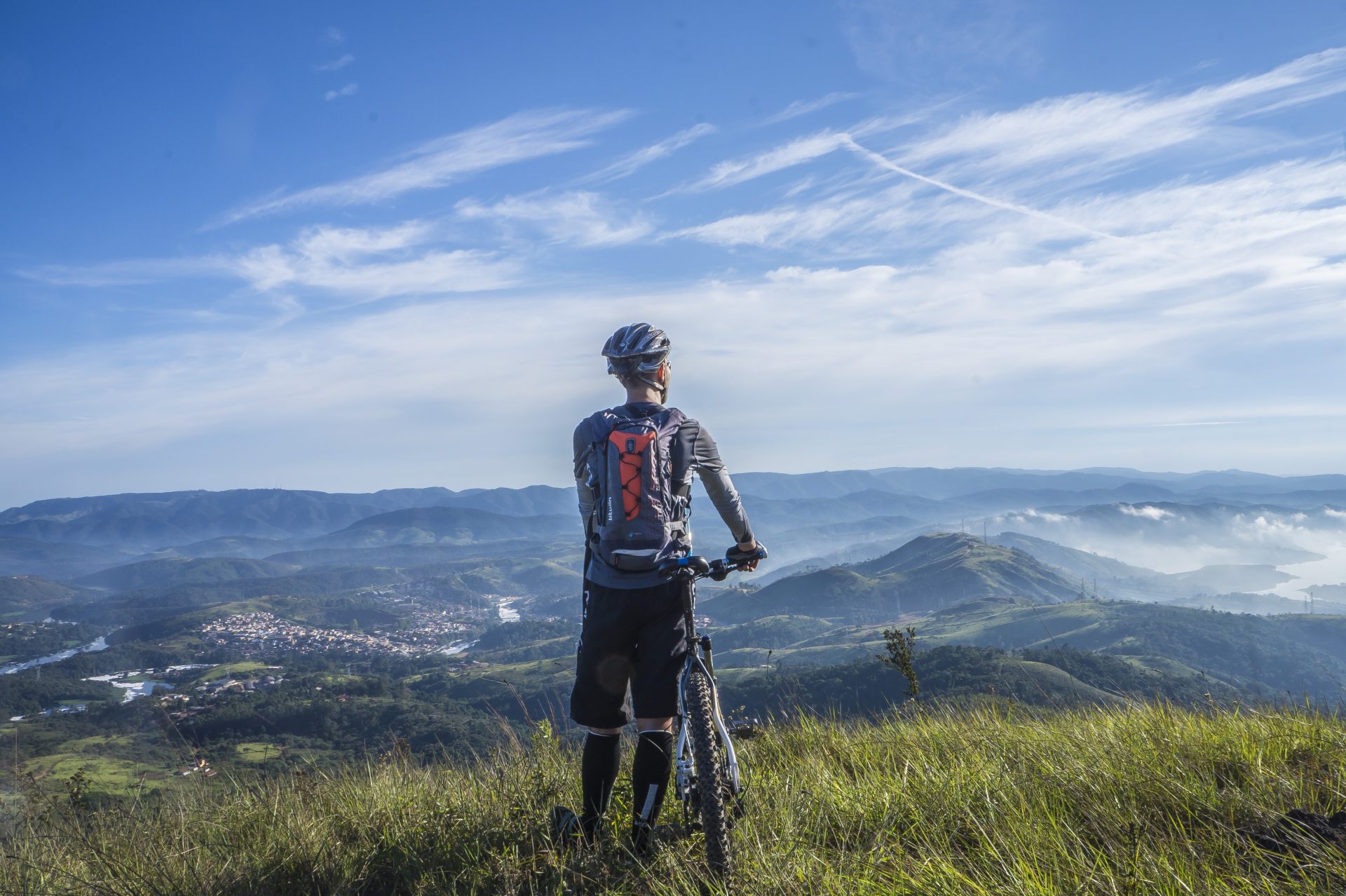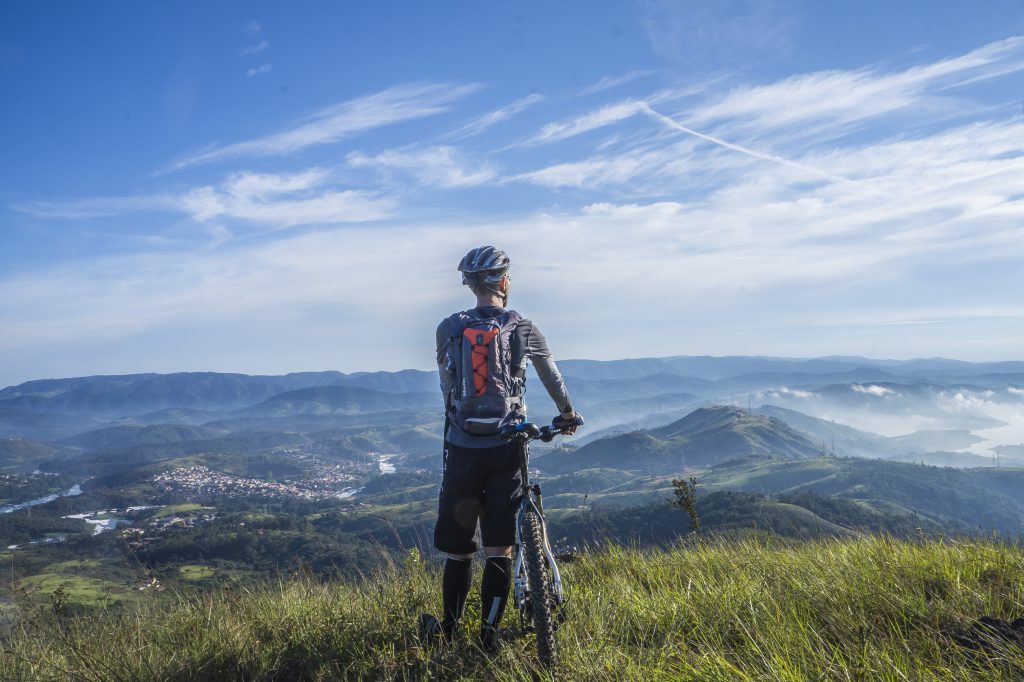
29 Mar Cycling Injuries & What To Look For
 Cycling can be sensational for the body. It’s high-cardio, works the whole body – and personally, we find it to be a breathtaking way to see the Wairarapa. Unfortunately, with all the great benefits, comes the very real injury risk. Today, the Masterton Foot Clinic team are sharing the most common cycling injuries that we see and treat, so you know what to look out for when a niggle or ache begins!
Cycling can be sensational for the body. It’s high-cardio, works the whole body – and personally, we find it to be a breathtaking way to see the Wairarapa. Unfortunately, with all the great benefits, comes the very real injury risk. Today, the Masterton Foot Clinic team are sharing the most common cycling injuries that we see and treat, so you know what to look out for when a niggle or ache begins!
Knee injuries
When an activity involves repetitive, forceful bending and straightening of your knees, there will be a potential for pain and injury. A condition called patellofemoral pain syndrome is one that we commonly see in cyclists. This is where there is an abnormal pull on the patella (kneecap), which causes the patella to move out of alignment, away from the centre of the knee joint. This causes knee pain due to the abnormal friction in its new position on the underlying bone and cartilage.
Patella tendonitis is another common knee injury, with pain presenting just below the knee, at the top of the tibia (shin bone). Here, it is the repetitive pull on the patella tendon that can aggravate it where it inserts below the knee. With the quadriceps being largely responsible for the pull on the tendon, tight quad muscles are often a precursor to this problem.
If you’re feeling knee pain, check for:
- Your saddle height. Pain at the front of the knee is often related to a saddle that is too low, which puts excess pressure on the patella
- If your saddle height is too high, you may experience pain behind your knee, from overstretching the hamstrings
- Cleat set-up. If this is not well adjusted for you, it may cause your patella to mistrack, causing pain at the sides of your knee
- The tightness of your iliotibial band (the tissue that runs down the outside of your thigh). This can also pull on your kneecap and result in knee pain
Foot pain
With so much force put into every pedal stroke and the stiff-soled shoes used in cycling, foot pain can quickly arise. Often, the reason for pain, burning or numbness is known as ‘hot foot’. This is where the pressure on the nerves of the foot is high. It is caused by foot swelling, which is a natural occurrence as we mobilise (especially with enclosed shoes), or from wearing thick socks. Either way, both of these can have our foot feeling tight in our cycling shoe, followed by unpleasant sensations, especially if the length of rides often exceeds an hour or more.
Plantar fasciitis heel pain is another potential cause of pain for cyclists. The plantar fascia is a band of connective tissue that starts at the heel and spans the arch. When it is placed under high, repetitive stress (like a long, powerful cycle), the plantar fascia can sustain damage. This results in pain beneath the heel, which may radiate into the arch.
If you’re feeling foot pain, check for:
- Your cleat placement. Make sure that your pressure is spread evenly across the ball of your foot
- Cycling shoe size. Specifically, if the size allows for some swelling – or not. If there’s no room for expansion, you may want to consider getting a new pair as, otherwise, this will likely be a common cause of pain
- Sock thickness. Are your socks too thick and causing pressure on your foot?
- The insole in your cycling shoe. Are you being properly supported by your insoles? If not, this could explain arch pain, heel pain or pain on the outside border of your foot
Achilles pain
The Achilles tendon is the most powerful tendon in your body, and responsible for pointing your toes downwards, as well as helping you push off the ground. When it is placed under high force for hours during a bike ride, or smaller rides day after day, it may become damaged. You’ll feel pain at the back of your heel, which may radiate up into your calves.
If you’ve developed pain at the back of your heels, check for:
- Saddle height. If your saddle is too high, it can keep your toes pointed downwards, which constantly works to contract the Achilles
- Cleat position. Make sure they are not pushed all the way forwards towards your toes to help even out which muscles you’re using to pedal
- Your foot position during cycling. Letting your toes gently point upwards during the bottom of your stroke can help ease the tension on your Achilles tendon
Buttock and groin pain
Saddle sores are a common cause of buttock and groin pain, caused by repeated abnormal pressure to the area, which results in irritation to the skin that comes in contact with the saddle. Often, this is related to excessive sweating and chafing.
If you’ve developed a saddle sore, check for:
- The suitability of your saddle. Is it set up correctly and straight? Does it suit you?
- Your cycling gear – specifically your shorts. Make sure they’re a good fit and that you change out of them quickly after a ride, washing them after every use
- Whether you may benefit from a cream to help reduce friction from the saddle
Want to feel better when you cycle?
If you’re being held back by pain, injury or the fear of getting hurt during cycling, we’d love to help. We’ve been helping active men and women in the Wairarapa with their lower limb health for almost 20 years. We have innovative treatments like shockwave to help optimise your recovery – and get you feeling confident on your bike!
Book your appointment online by clicking here or call us on (06) 370 4057


